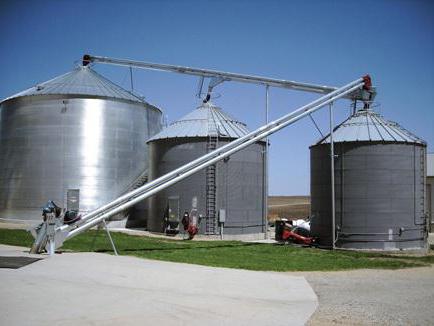
That exercise, however, is complicated by two phenomena: These are then translated into vertical-specific objectives and KPIs that should be clear, motivational, and actionable.

A company’s corporate objectives and key performance indicators (KPIs) reflect upper management and stakeholder expectations for revenues, profits, cash generation, ESG goals, etc. Let’s first explain what we mean by checks and balances. This is where checks and balances enter the picture: They enable companies to minimize the side-effects of verticals more forcefully than bridges do. That may or may not work: While managers may genuinely acknowledge the benefits of collaboration, they still compete with one another for resources, senior management attention and power. They should demonstrate collaborative behavior themselves, for example, by showing loyalty to the joint decisions made in the management team.Īs the above list shows, bridges by and large call upon the enlightened benevolence of people in different verticals. They should have the skills and incentives to collaborate, for example by having performance indicators that measure the desired behaviors. Leadership. The effectiveness of both hardwiring and softwiring depends on the company’s leaders.Likewise, companies must pay attention to networking skills when recruiting people, designing training programs, considering sideways career moves, and measuring and rewarding performance. Once familiarity is established, people will connect more easily whenever a concrete need for collaboration arises. Companies must create opportunities for people from different verticals to get to know each other’s capabilities and interests, for example, through joint training programs, cross-functional innovation initiatives, and company-wide expert networks. When building bridges, “softwiring” is as important as hardwiring. Responsibility models, such as RACI, PACSI and others, can help. Such collaboration can be facilitated by hardwiring the interfaces between the verticals: Defining clear procedures (for example for approvals, consultation, and communication across boundaries) and providing an enabling infrastructure (for example, a common IT platform). But they may feel less secure and be reluctant to collaborate with people in other verticals. People within a vertical know by routine how they should go about their daily work. It is no surprise that “collaboration” figures eminently in studies about frequently cited corporate values.

By including “one-company” behavior in its corporate values, a company signals that people should think and act beyond the boundaries of their verticals. Values. A company’s corporate values statement codifies the behavior that is expected from employees, and can serve as an effective compass for all.Researchers André de Waal, Michael Weaver, Tammy Day, and Beatrice van der Heijden have identified four examples of how companies build bridges: The topic of building bridges between verticals has been well covered already elsewhere. To preserve the strengths of the inescapable verticals while minimizing their side effects, organizations should do two things: build bridges between verticals, and institute checks and balances. Yes, verticals have undesirable side effects, but the solution is not to dismantle them. These, in turn, provide a sense of identity, security, psychological safety, and predictability for the people who belong to the silo.Īs verticals serve a clear purpose – especially in today’s turbulent environment – we would like to mount a defense.

They create stability and allow for the development of collective behavioral norms and ways of working. Responsibilities are clearly delineated, objectives are well defined, resources are allocated firmly, and decisions are made and communicated quickly. They provide boundaries and hierarchy that make it possible to assign accountability. They provide the focus and critical mass required to develop expertise on an ongoing basis. The incitement to “bust” or “break down” silos appears frequently both in practitioner and scholarly journals.īut if silos are really such a bad thing, why then do they persist? Silos, or verticals, exist for three good reasons: Of course, we often hear about the negative side effects of silos: Boundaries may lead to insular mindsets that inhibit sharing or collaboration between verticals, or worse, they could lead to finger-pointing and turf wars. For example, management consulting firms are known for organizing around temporary project teams, but they also have formal expertise silos (often called practices) and fixed regional structures. Silos are a defining characteristic of organizations of all sizes, even in businesses that naturally operate as fluid networks.


 0 kommentar(er)
0 kommentar(er)
